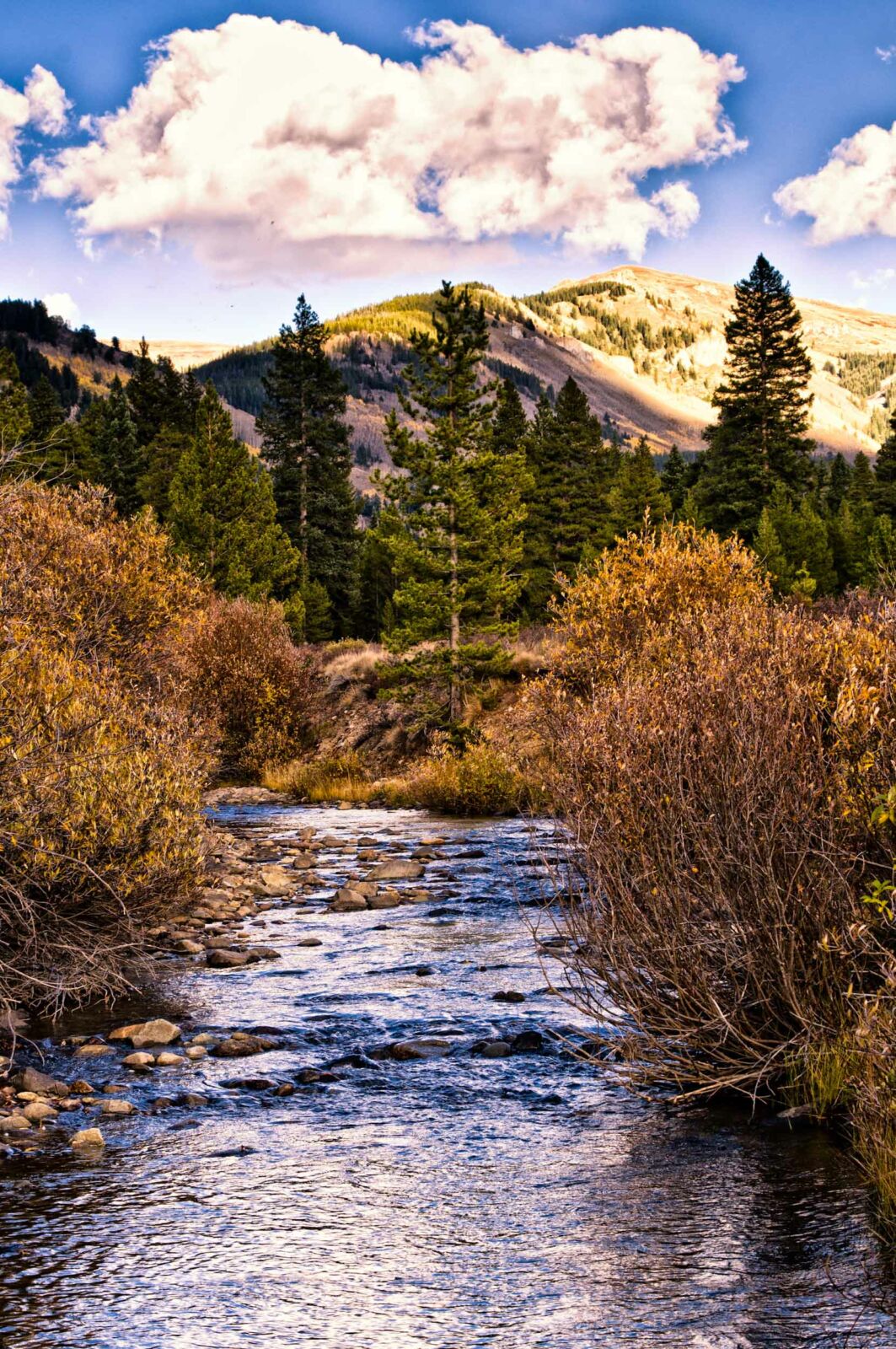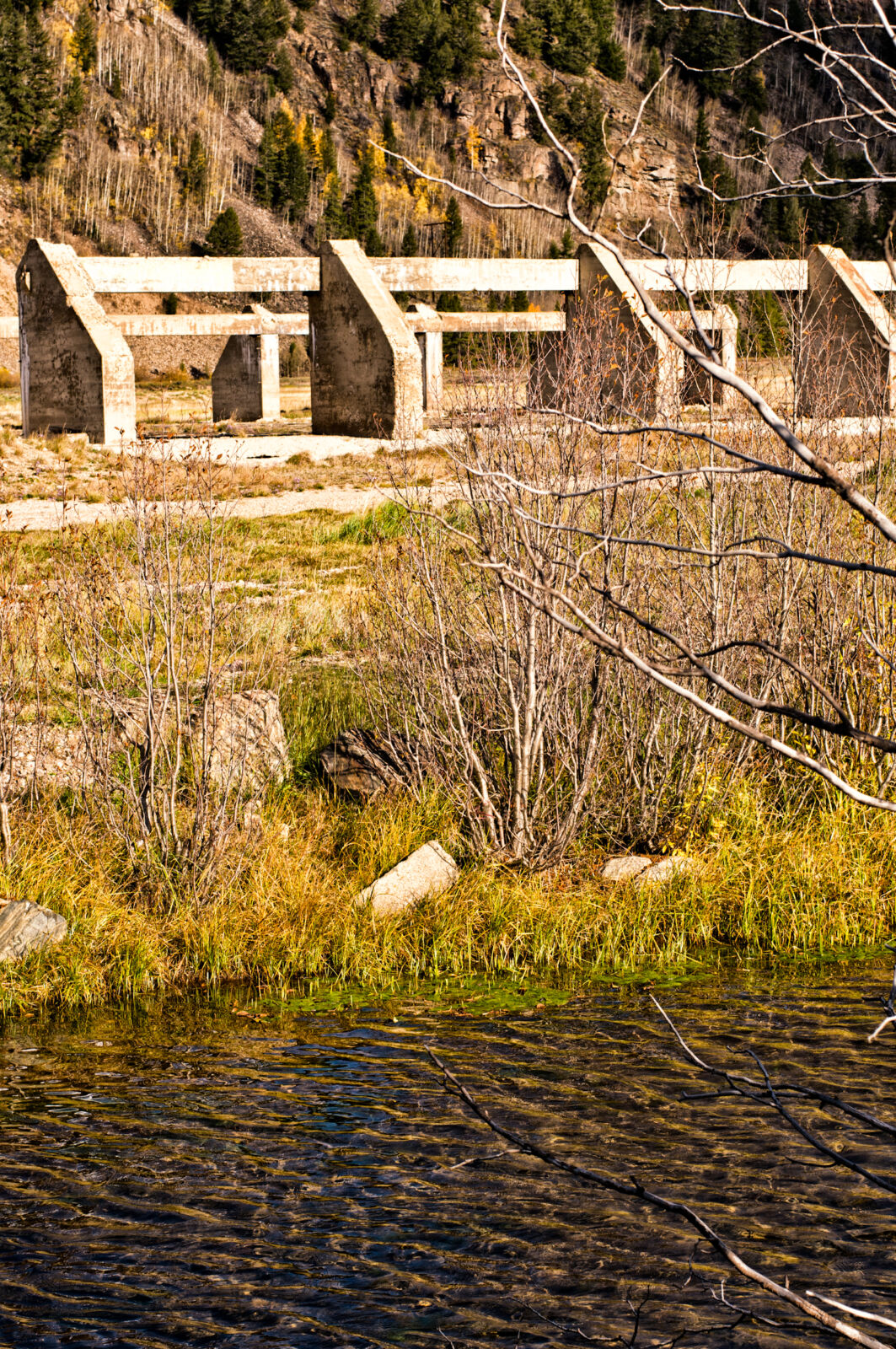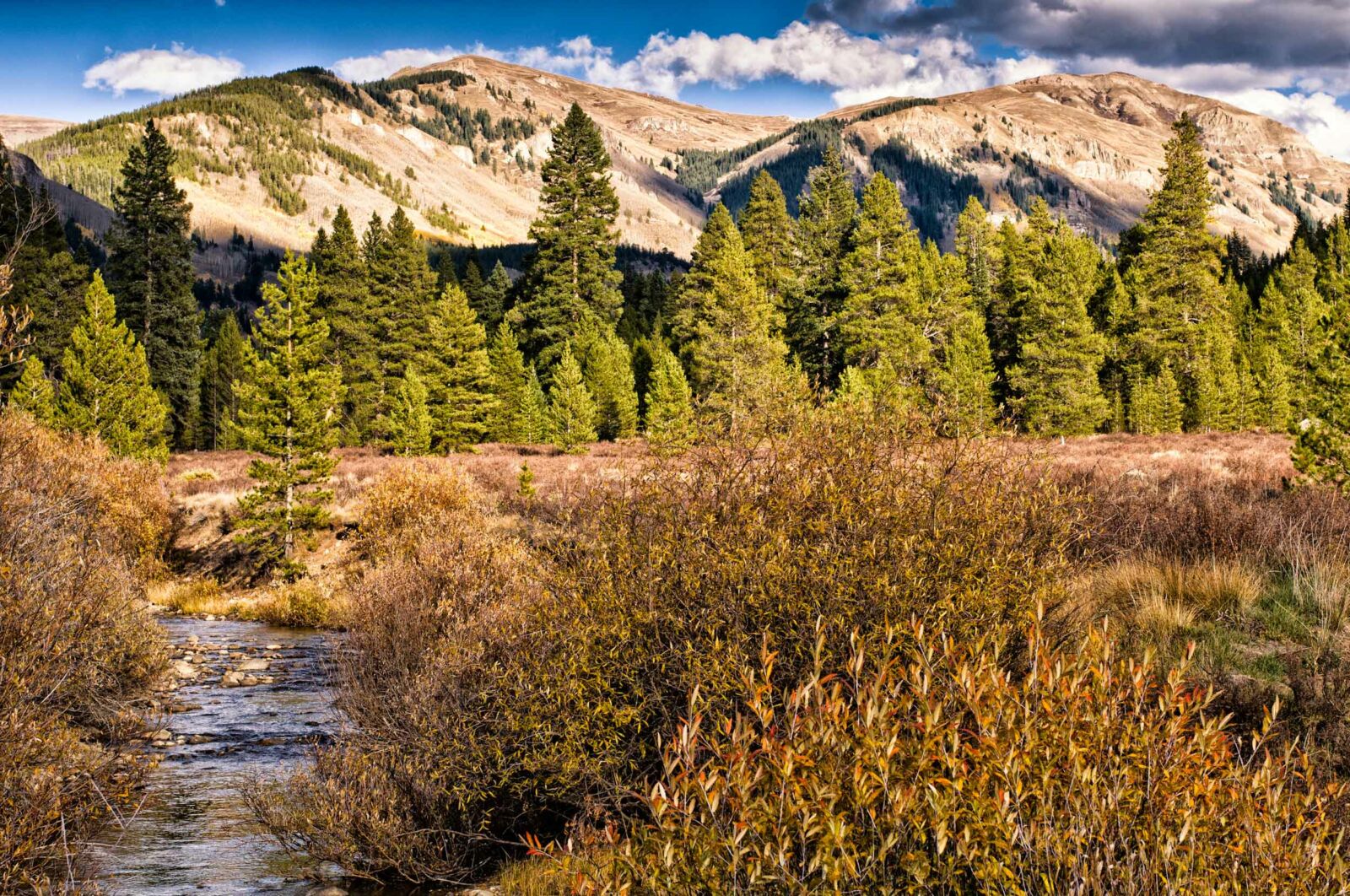Visitors use Camp Hale for convenient car camping, to start a hike on the Colorado Trail or Continental Divide trail, to launch a multi-day ski hut tour, to hone their rock climbing skills, to ride ATVs or snowmobiles through open spaces, to catch trout or even bag an elk. Yet, few think about the many other values of this landscape.
Just below the Continental Divide in the high Rockies of Colorado lies a truly iconic landscape. To most, this flat valley surrounded by majestic peaks is simply a high-elevation recreation mecca.
Camp Hale contains the headwaters of the Eagle River, which provides valuable drinking water for eastern and western Colorado communities. The area’s forests, opens spaces, streams, and ponds provide habitat for numerous wildlife species. But what I think makes Camp Hale such a unique mountain landscape is its rich history.

As a devout telemark skier, onetime aspiring mountaineer, and National Outdoor Leadership School (NOLS) alumnus, I’ve heard many stories about and developed a tremendous admiration for the soldiers of the 10th Mountain Division. Ski soldiers that trained high in the mountains of Colorado, the 10th fought bravely in the European Alps during WWII and returned home to become successful entrepreneurs, politicians, and pioneers of the US ski industry. They are a truly inspiring group.
Several of these veterans, who trained just south of Vail at historic Camp Hale, returned from war to build at least 17 ski areas, including Vail, Aspen, and Arapahoe Basin. Others, such as Sierra Club leader David Brower and the founder of NOLS Paul Petzoldt, helped foster a love and respect for the outdoors in generations of Americans. Now, I’m excited to help lead the restoration efforts at Camp Hale –where the 10th Mountain division first met, learned, and shared ideas on how to survive and recreate in Colorado’s snow-covered mountains.
Through the Treasured Landscapes, Unforgettable Experiences campaign, NFF is leading an effort to restore the headwaters of the Eagle River that flow through Camp Hale, while preserving and celebrating the area’s history and its boundless recreation opportunities.

When Camp Hale was built in the 1940’s, the US government converted an alpine wetland into a military installation that housed 17,000 soldiers and forced the meandering headwaters of the Eagle River into a linear canal that bisected the Camp and its many streets and structures.Additionally, years of weapons training at the site left a legacy of unexploded ordnances and other hazards scattered throughout the National Forest.

Today, the NFF is working with a group of stakeholders to create a shared vision for the future restoration and management of this ecologically important and historically rich area of the White River National Forest. Environmental conservation groups, recreation-based organizations and outfitters, historic preservation groups, water utilities, government agencies, private landowners and ranchers are all working together to determine how to best enhance and honor the many overlapping values present at Camp Hale. Once that shared vision is developed, the NFF and the US Forest Service will invest $5 million to begin implementing the vision.
I’m so excited to be a part of this effort to restore this iconic landscape and to have the opportunity to work with the incredible and interesting group of stakeholders.
Click here to support Camp Hale Restoration today.

